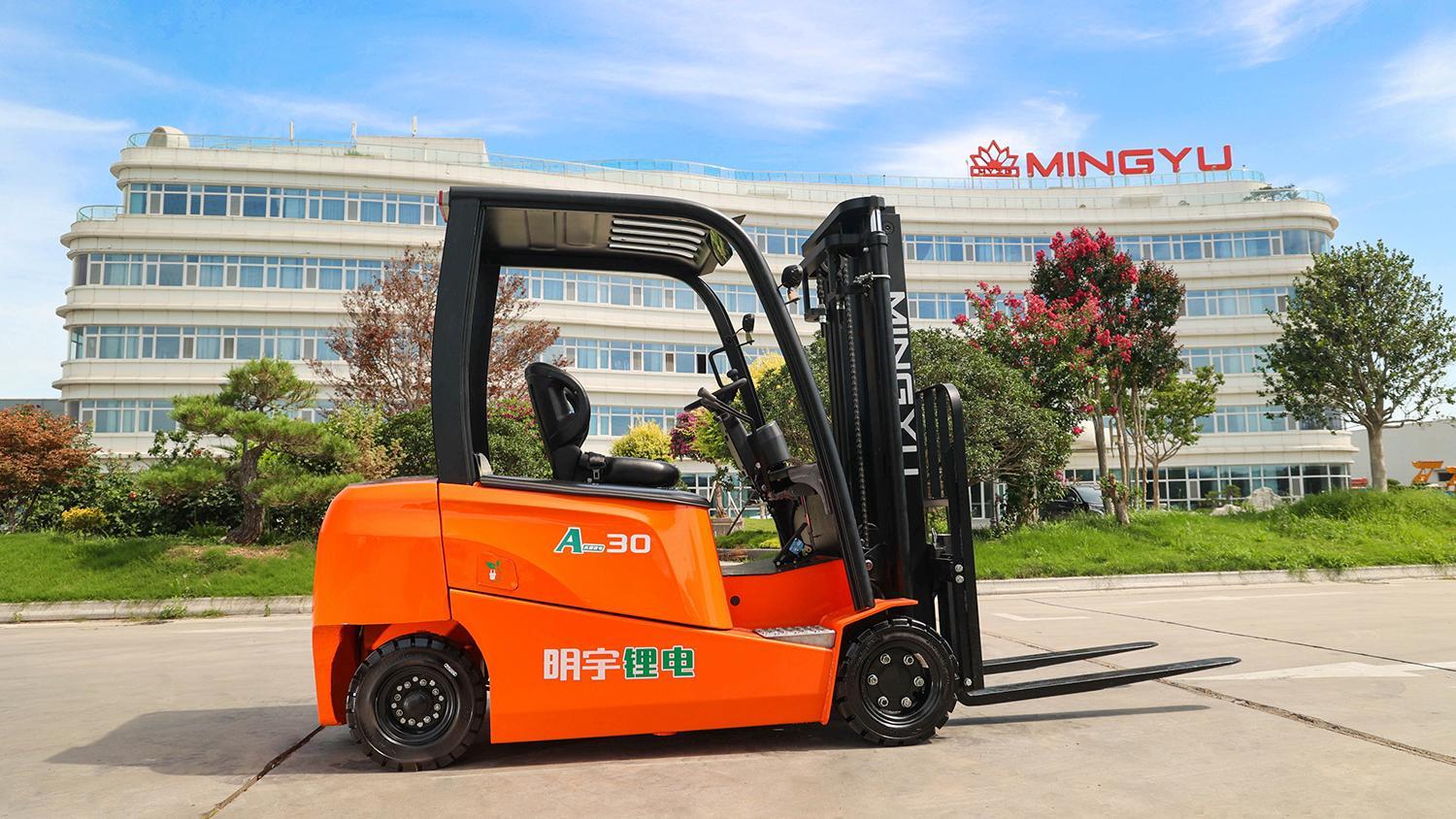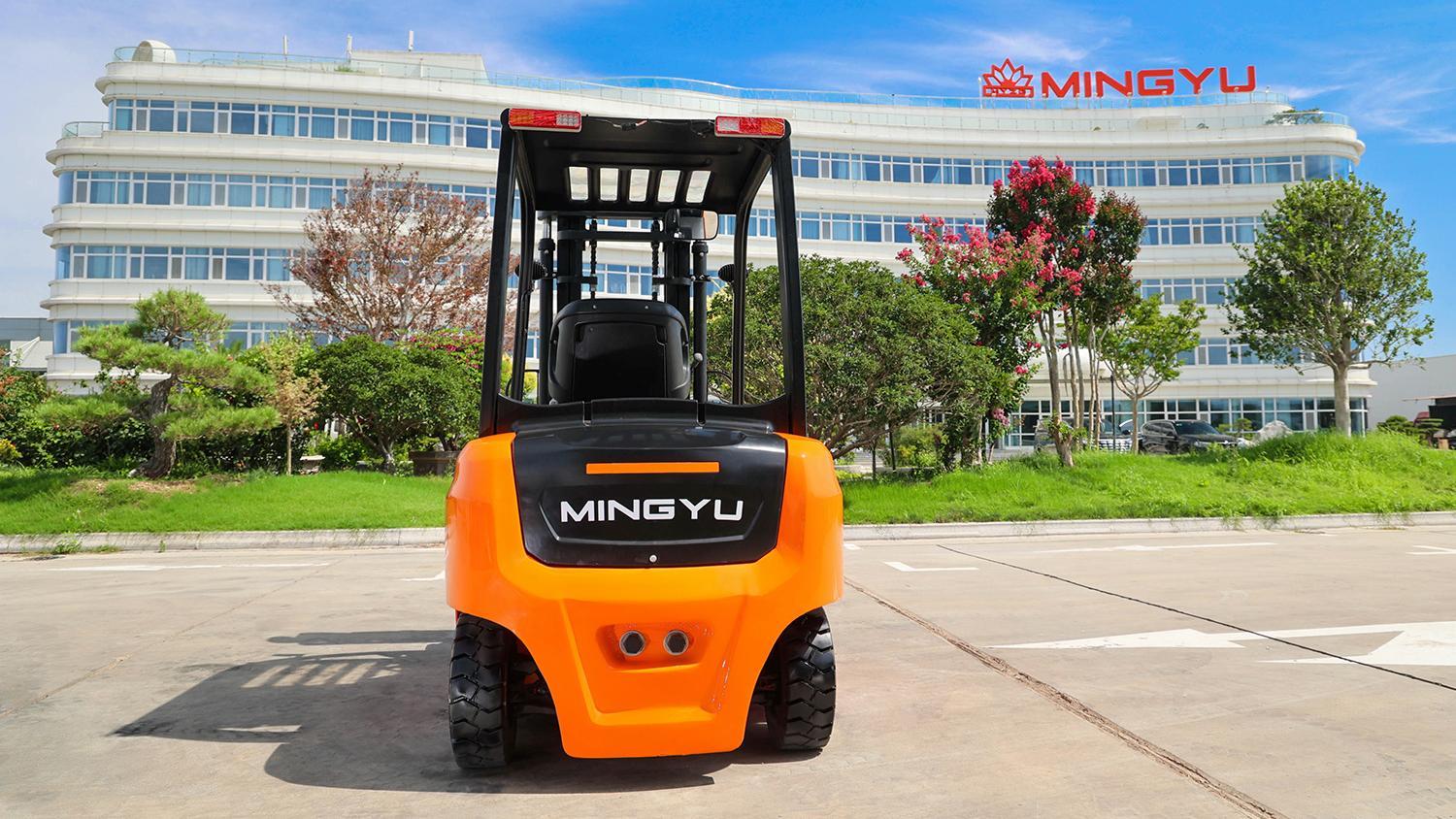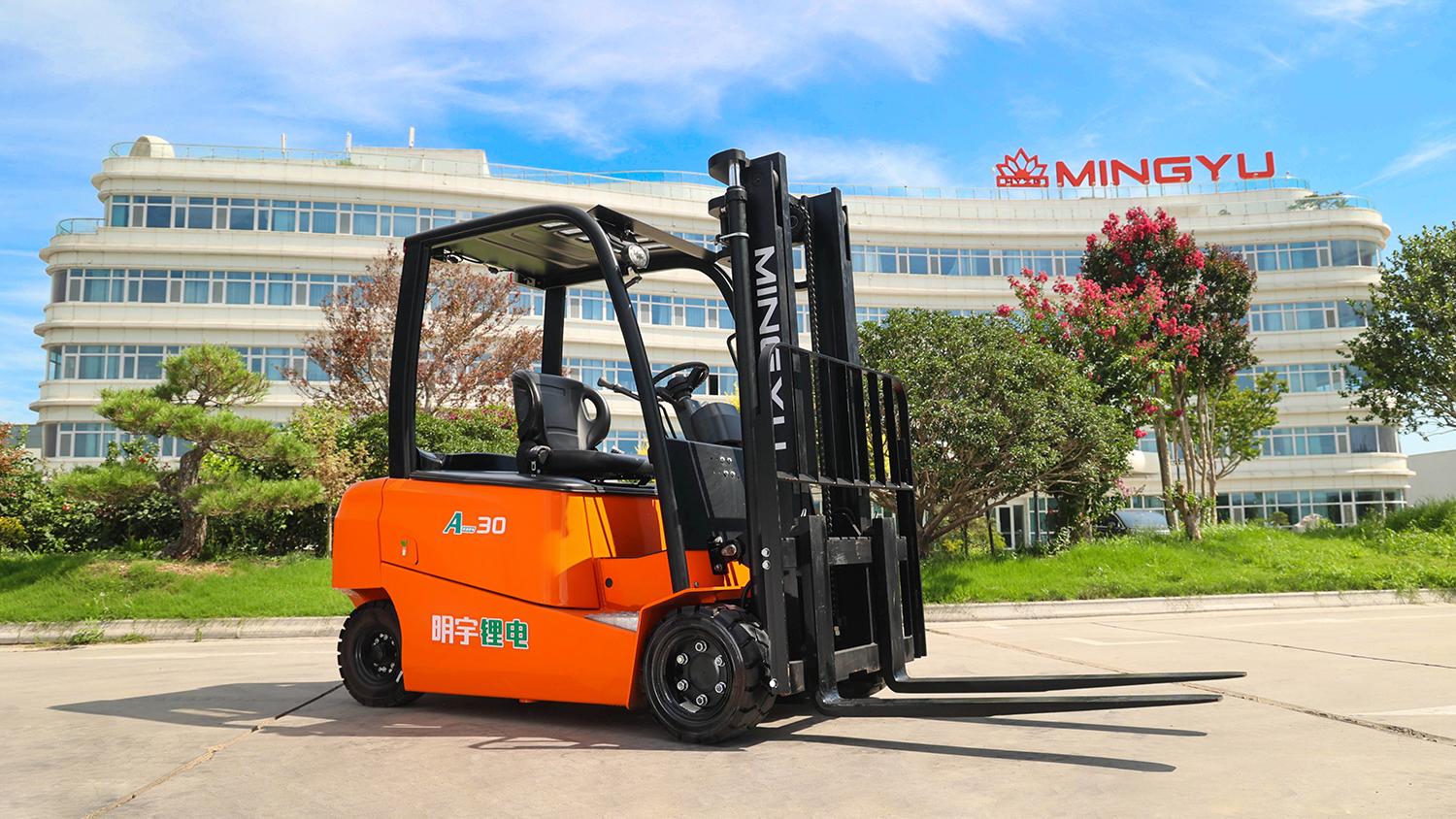What Is the Average Lifespan of a Forklift?
Forklifts are essential equipment across many industries, from warehousing and logistics to manufacturing and construction. These machines are responsible for moving heavy loads quickly and efficiently, making them a critical part of everyday operations. However, like any mechanical equipment, forklifts don’t last forever. Knowing how long a forklift typically lasts—and what factors affect its longevity—can help businesses plan for maintenance, replacements, and long-term investment. In this article, we’ll explore what the average lifespan of a forklift really means, what impacts it, how to extend it, and when it’s time for a replacement.
When discussing the lifespan of a forklift, it’s important to clarify what “lifespan” means in this context. Most professionals in the material handling industry measure forklift lifespan in operating hours rather than years. Just like a car's mileage tells you more than its age, a forklift's hours give a better idea of wear and tear. Typically, forklifts are expected to last between 10,000 and 15,000 hours under normal working conditions. However, this can vary greatly depending on several factors including the type of forklift, how it’s used, how well it’s maintained, and the environment it operates in.
The type of forklift plays a major role in determining its average lifespan. Electric forklifts, for example, generally have fewer moving parts compared to internal combustion forklifts and therefore tend to have a longer operational life. Many electric models can exceed 15,000 hours when properly maintained. On the other hand, diesel or LPG (liquefied petroleum gas) forklifts, while powerful and better suited for outdoor or heavy-duty tasks, tend to have more mechanical wear points and may have shorter lifespans on average—usually around 10,000 to 12,000 hours.
Usage intensity is another crucial factor. A forklift that is used for one light-duty shift per day will naturally last longer than one that’s used in three shifts around the clock. Similarly, forklifts operating in high-load environments or performing constant lifting and stacking will experience more strain, accelerating wear on the engine, hydraulics, and other components. High-throughput operations can dramatically reduce a forklift’s effective life if proper precautions and maintenance are not followed.
Maintenance practices are arguably the most influential factor in determining how long a forklift will last. Even the best-built forklift will fail prematurely if it’s not properly maintained. Regular oil changes, filter replacements, inspections, lubrication, and repairs help prevent small issues from turning into major failures. Sticking to the manufacturer’s recommended maintenance schedule and using high-quality replacement parts can extend a forklift’s life significantly. Many companies even opt for preventive maintenance contracts to ensure that servicing is done routinely and professionally.
The operating environment also affects forklift longevity. Forklifts used indoors, in clean and dry environments like warehouses, typically last longer than those used outdoors or in extreme conditions. Dust, moisture, mud, chemicals, and temperature fluctuations can all contribute to premature wear and damage. For example, forklifts working in food processing plants or construction sites face harsher conditions that require more frequent upkeep to preserve performance and safety.
Operator behavior cannot be overlooked. Proper training and responsible operation make a big difference in forklift wear. Forklifts operated by careless or untrained drivers are more likely to suffer impacts, misuse, or overloading. Abrupt stops, sharp turns, poor stacking, and collisions can damage components, reduce structural integrity, and lead to early failure. In contrast, trained operators extend the life of machines by following safety guidelines, handling loads correctly, and reporting early signs of malfunction.
Different types of forklifts also have different expected lifespans. Electric forklifts, particularly those using lithium-ion or well-maintained lead-acid batteries, can last from 12,000 to over 20,000 hours. Their simplicity and quiet operation make them ideal for indoor use. However, battery maintenance is key—improper charging and fluid level neglect can shorten lifespan significantly. Diesel forklifts, commonly used in outdoor and heavy-duty applications, tend to have lifespans of 10,000 to 12,000 hours, depending on how intensively they are used. LPG forklifts fall somewhere in the middle, often reaching 12,000 to 15,000 hours with regular service. Their clean-burning engines make them suitable for indoor/outdoor use, though their components still require consistent attention. Specialized forklifts, like rough terrain or container handlers, are built for demanding environments and heavy lifting. These may have shorter lifespans due to constant exposure to tough conditions, but with strong maintenance practices, some can still reach the 10,000-hour mark or beyond.
Extending a forklift’s lifespan is a matter of proactive care and management. First and foremost, following a preventive maintenance schedule is critical. This includes regular inspections of tires, brakes, hydraulic systems, batteries, filters, and lights. Daily pre-operation checks should be standard practice to catch problems early. For electric forklifts, battery maintenance is especially important. Overcharging, deep discharges, or ignoring water levels can severely reduce battery life and, by extension, the forklift’s usability. Using smart chargers and educating operators on best battery practices helps significantly. Replacement of worn-out parts before they fail also prevents additional damage. For example, worn tires affect balance and braking, while failing hydraulic hoses can lead to safety hazards and performance issues. Lastly, ongoing operator training not only improves safety but also minimizes unnecessary stress on the forklift’s mechanical components.
Eventually, all forklifts reach the end of their serviceable life. But when exactly should a forklift be replaced? Signs include a significant increase in breakdown frequency, rising repair costs, frequent hydraulic or engine failures, and long periods of downtime. If the cost of repairs approaches or exceeds the value of the machine, replacement often makes more economic sense. Additionally, outdated forklifts may lack the safety features or fuel efficiency of newer models, affecting overall productivity. Even if a machine can technically continue operating, its reduced performance might hold back operations or expose the company to compliance issues.
When considering forklift lifespan, it’s also useful to think about return on investment. A forklift that lasts 10,000 hours but requires minimal maintenance and delivers consistent productivity could offer better ROI than a cheaper model that fails within 6,000 hours. It’s not just about how long the forklift lasts—it’s about how well it performs during that time, how much it costs to maintain, and whether it supports business goals. Total cost of ownership (TCO), including purchase price, fuel or battery expenses, maintenance, and resale value, should be factored in when evaluating a forklift’s value over its lifetime.
To illustrate these points, consider a logistics company running a fleet of both electric and diesel forklifts. Their electric models, used primarily in indoor warehouse operations, last upwards of 16,000 hours with routine care. Meanwhile, their diesel forklifts—used for outdoor container unloading—tend to need replacement at around 11,000 hours. This difference, while expected, is manageable thanks to their rigorous maintenance protocols and regular operator training programs. By tracking operating hours and service records, they avoid unexpected breakdowns and plan their budget for new equipment well in advance.
In conclusion, the average lifespan of a forklift typically ranges from 10,000 to 15,000 hours, though this varies depending on the type of forklift, the intensity of use, the environment, and the quality of maintenance. Electric forklifts usually last longer, while diesel and LPG models may require earlier replacement, especially in heavy-duty conditions. Proper maintenance, good operating habits, and a clean working environment can extend the life of a forklift considerably. Recognizing the signs of wear and knowing when to replace a machine ensures your business stays productive and safe. By understanding and managing forklift lifespan, companies can make smarter decisions that protect both their equipment investment and operational efficiency.
Post time:Jun.19.2025



